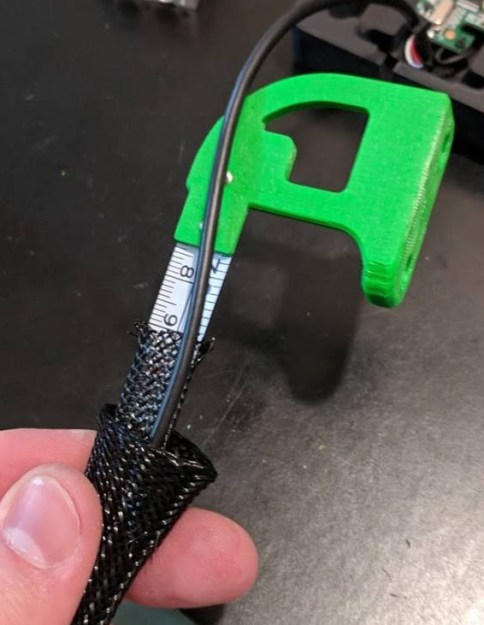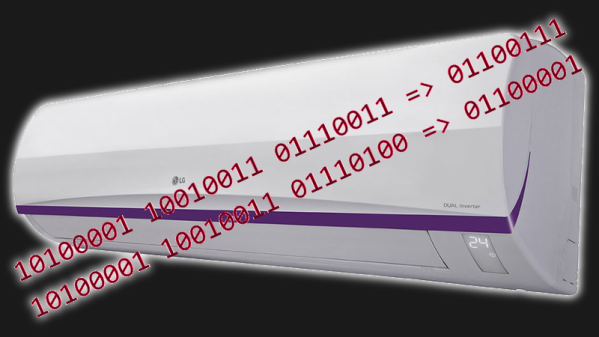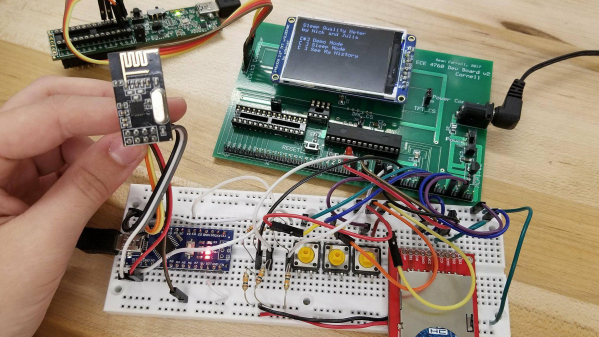Pretty much any household item nowadays has an involved, extremely well-thought-out manufacturing method to it, whether it’s a sheet of paper, an electrical outlet, a can of tuna, or even the house itself. Some of the stories of how these objects came to be are compelling, though, as one of the recent videos from [This Old Tony] shows as he takes a deep dive into a $5 ball valve, and uses it to talk about all of the cool things you can do with injection molding.
Injection molding is the process of casting molten plastic into more useful pieces of plastic. In this case it’s a plumbing valve which might seem simple on the surface, but turns out to be much more involved. These ball valves are extremely reliable but have a very small price tag, meaning that a lot of engineering must have gone into their design. What is unearthed in the video is that injection molding allows parts to be cast into the molds of other parts, and the means by which those parts don’t all melt together, and how seals can be created within the part itself. All of this happens with a minimal number of parts and zero interaction from a human, or from any robot that isn’t the injection mold itself.
The video goes into exceptional detail on these valves specifically but also expounds on various techniques in injection molding. Similar to the recognition the seemingly modest aluminum can deserves, the injection molded ball valve deserves a similar amount of respect. While [This Old Tony] usually focuses on metalworking, he often tackles other interesting topics like this and this video is definitely worth checking out.
Continue reading “The Miracle Of Injection Molding: How Does It Work?”




















